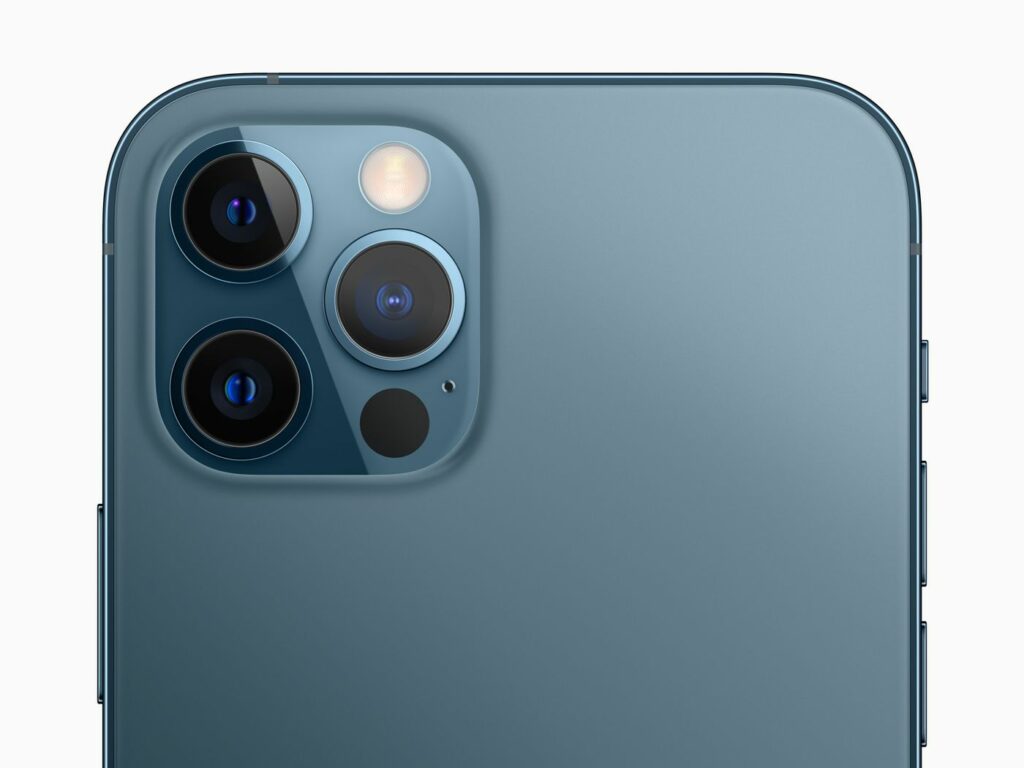Do consumers want photography equipment, or a regular small camera with worse quality?
Apple
Apple is known for having the best in-phone cameras in the industry – they have been for quite some time, even as other companies like Samsung and Microsoft try to catch up and take that title for themselves. The phones are quite pricey, and things like the OS and the hardware inside the device are rarely fully appreciated for how much they cost in R&D and rare earth metals.
Apple, during it’s time under Jobs, pushed to create value for the consumer that could justify the price of a device that shattered its screen easily, but had to go to a proprietary repair shop afterwards (and still cost hundreds of dollars used). Cameras are one of the most visible and most used parts of a phone – Instagram, TikTok, and a number of other social media and content-sharing websites rely on phones with cameras for their user’s content to the point that they wouldn’t exist without them. These apps, of course, reward better cameras, which starts a feedback loop of demand.
Jobs made sure the camera was at least a little bit better with every new edition of the iPhone, and the people who took over when he left didn’t buck the trend.
Cameras
On professional equipment, certain lenses give better results at certain distances. The curvature of the lens directly affects the way the subject looks at the end! Bigger cameras that take in more data also give AI more to work with – and if they want to keep slapping in features that rely on AI, they’re going to need it.
The camera on the last two iPhones boasts three lenses, and each serves a different purpose – one is long-distance, one is an all-rounder, and one is for closeups. It switches automatically between the three as the user uses the camera app. As said before, different lenses produce different results, and by allowing two of these lenses to specialize, they’ve made the iPhone even better at taking pictures. Additional features including internal gyroscopes and vibration sensors keep the camera focused on the right thing and reduce the effect of user movement, further improving the image. These tiny, delicate machinery parts have to be incredibly small to fit inside the phone – which, surprisingly, is somehow only 0.5 mm thicker than the iPhone 6, which was notorious for bending under pressure due to its aluminum frame. It’s incredible engineering!
All of this adds up to a phone that is easy to take and edit pictures with, better than what Samsung or Android offers most of the time. However, these gigantic, hyper-specialized cameras are beginning to present issues for the consumer – stuff that Apple can’t simply program away.
The Issue
https://vm.tiktok.com/ZM8SJxQMA
This video demonstrates the damage it does to the phone.
Motorcycle vibrations are damaging the internal components of the device necessary to keep the camera focused in the right place – those little gyroscopes and vibration sensors are extremely fine and delicate. Other phones have things like these too, but they’re bigger, and clunkier; their job is simpler than the iPhone counterpart. The phone mounts available on the market don’t compensate for these new tools, and allow too much vibration to travel up from the engine and into the phone. Even if you don’t own or use a motorcycle, weaker vibrations are also suspect: Apple recommends a vibration-dampening mount even for cars.
This is a problem for Apple’s long-term plans. Internal items become more delicate in the vicious cycle of thinner and thinner phones – as mentioned earlier, the iPhone 6 was only 0.5 mm thinner than the new iPhone 12, even though the amount of hardware inside has increased by quite a lot. Apple is pushing its devices to the limit of what the materials it’s made out of can do!
Obsolescence
Watching Apple go through this process is really fascinating. It’s like watching a tapir turn into a dolphin. They’ve hyperspecialized so hard that new phones can take over as hobbyist items! They took out the aux cord; in-brand accessories are wildly expensive; it takes special mounts to use; it’s resistant to viruses but downloading a different browser means violating warranty; the camera is phenomenal; it’s faster than ever; the battery promises 22 hours’ worth of video playback; the outside is rock hard now. All for around a thousand dollars. Really, it’s a photography tool with phone capabilities, not the other way around!
Unfortunately, for the casuals, this overdeveloped camera and its vestigial phone material means that the iPhones 12 and 13 are actually less sturdy than they used to be, in spite of the harder ceramic shell on the outside. It’s designed to be dropped on adventures, not hooked up to a windshield for daily driving with it’s GPS. Is that what consumers want? Either way, it’s what they’re getting – Apple has never made the camera worse on the main line. That’s always relegated to the secondary line, the iPhone minis and pros, which are also weaker devices (and sometimes the camera isn’t smaller or less powerful anyway, just the device). While it’s not a pressing split now, it could turn into one if the trend continues and Apple doesn’t thicken back out for longevity’s sake.
Sources:



